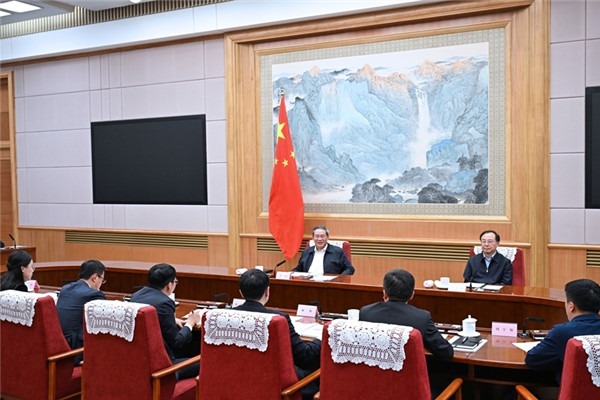China's central, western regions attract more foreign investment


Leveraging advantages, inland areas grab competition from big industries
China's central and western regions are expected to further leverage their advantages in combined production costs to attract more foreign investment amid competition from some neighboring countries and the country's push for high-quality development, according to experts.
In particular, the central and western regions are forecast to better receive foreign investment relocated from labor-intensive industries in coastal areas where labor costs have increased, they said.
Recent data have repeatedly demonstrated that China's central and western regions significantly outperform eastern regions in terms of foreign direct investment growth. The growth pace also often beats that of the national level by a large gap.
According to the Ministry of Commerce, China's actual use of foreign capital reached around 1.23 trillion yuan ($ 182 billion) in 2022, up 6.3 percent from a year earlier.
The annual growth rates for central and western regions were 21.9 percent and 14.1 percent, respectively.
"China's central and western regions have the so-called latecomer's advantage in attracting foreign investment, in which the relatively low cost of labor and the combined cost of production are attractive to foreign investors," said Sang Baichuan, dean of the Institute of International Economy at the University of International Business and Economics in Beijing.
The economic hubs in these regions are becoming a key force in China to host industrial capacities relocated from coastal areas, Sang said, adding that more industrial clusters are likely to be formed in key cities and economic zones in the central and western regions in the future, with industrial support systems to be further improved.
"As the infrastructure, awareness of openness and business environment continue to improve in the central and western regions, the relatively low cost of combined production factors are expected to add more steam to the influx of FDI into the inner regions," said Bai Ming, deputy director of the international market research department at the Chinese Academy of International Trade and Economic Cooperation.
Due to various negative factors like increased labor costs and pressure from some countries to downgrade China's position in the global industrial and supply chains, some industrial capacities, especially in labor-intensive sectors, are relocating from China's eastern areas. However, China has stepped up efforts to guide the orderly relocation of those capacities to other regions of the country.
The advantages of the central and western regions include industrial agglomeration in industries such as electronics, wires and cables, steel and automobiles, and the stronger support system compared with their competitors in neighboring economies, Bai said.
Although industries like laptops, computers and mobile phones have experienced the relocation of capacities to countries including Vietnam and India, many cities in the central and western regions, including Xi'an in Shaanxi province, Chongqing, Chengdu in Sichuan province and Zhengzhou in Henan province, have also seen increased investments in related industries, according to Bai.
Bai added that the central and western regions make more out of the industries in which they have competition advantages, for instance, the steel industry in Wuhan, Hubei province, the automobile and solar power industries in Anhui province, and engineering machinery in Hunan province.
However, Sang, the dean at UIBE, said the logistics network and industrial supporting capacity need to be further enhanced in the central and western regions to better facilitate the growth of FDI inflows.
Logistics costs are higher in the central and western regions compared with the coastal areas, while the industrial supporting system there is weaker, he said.




































